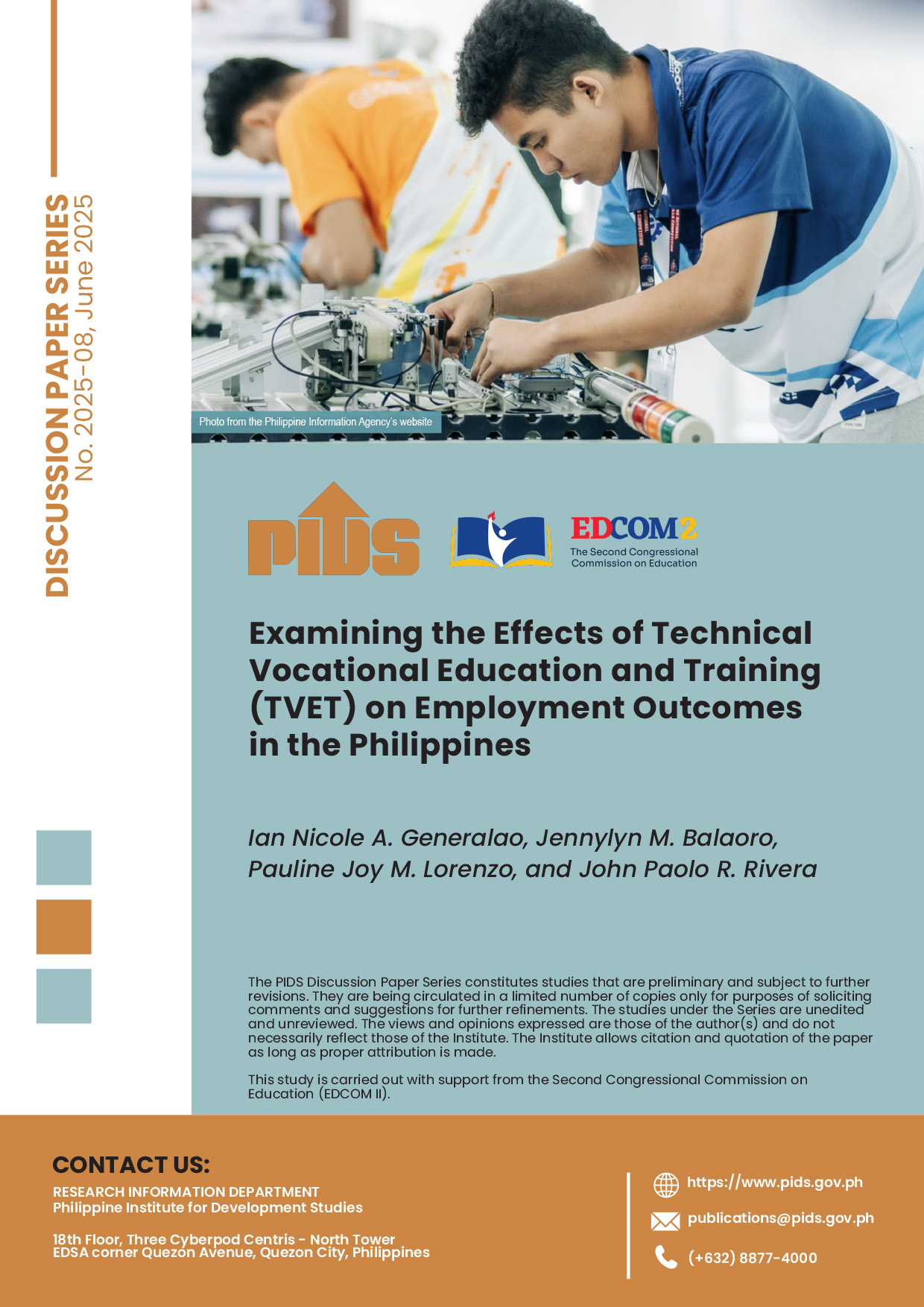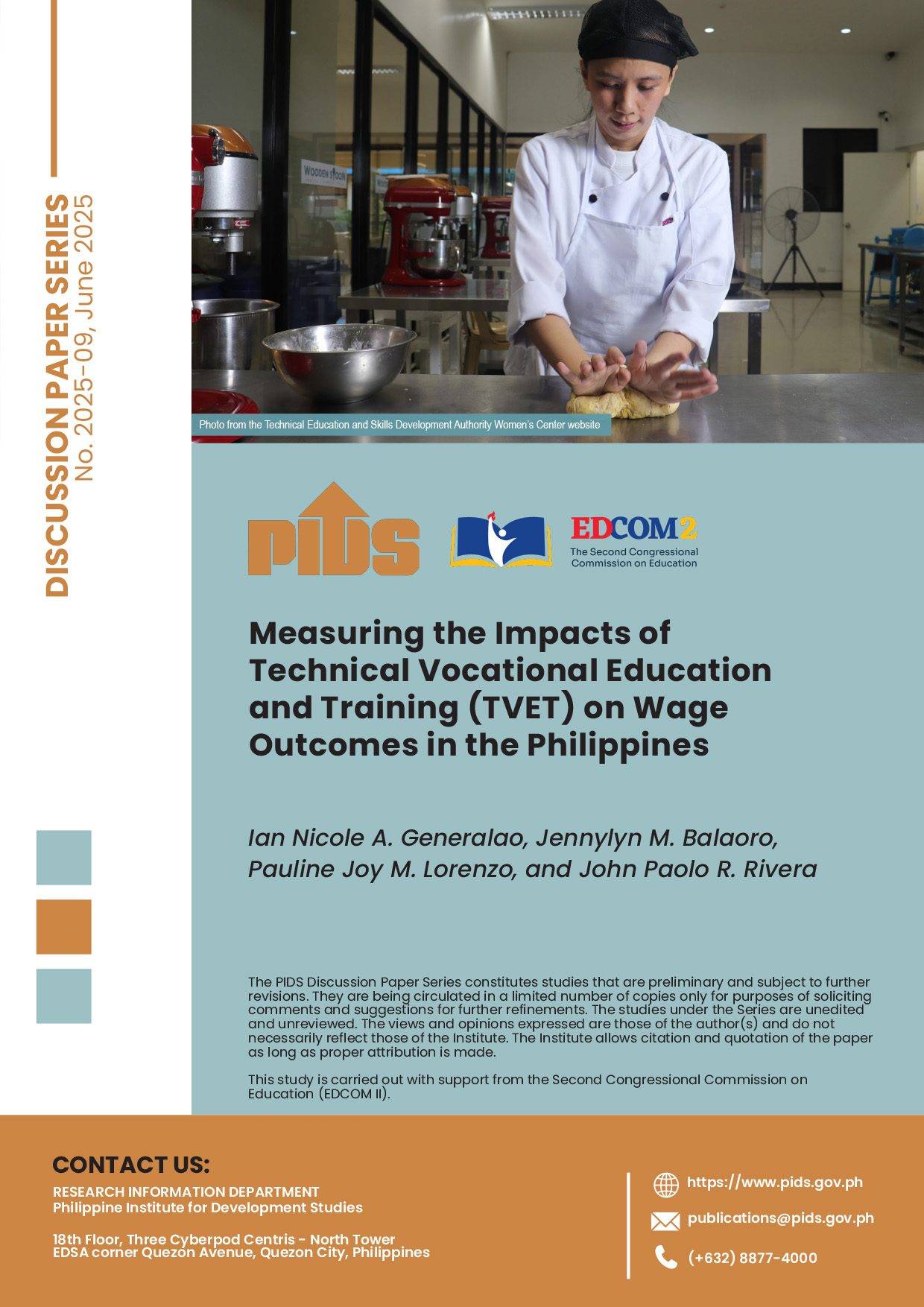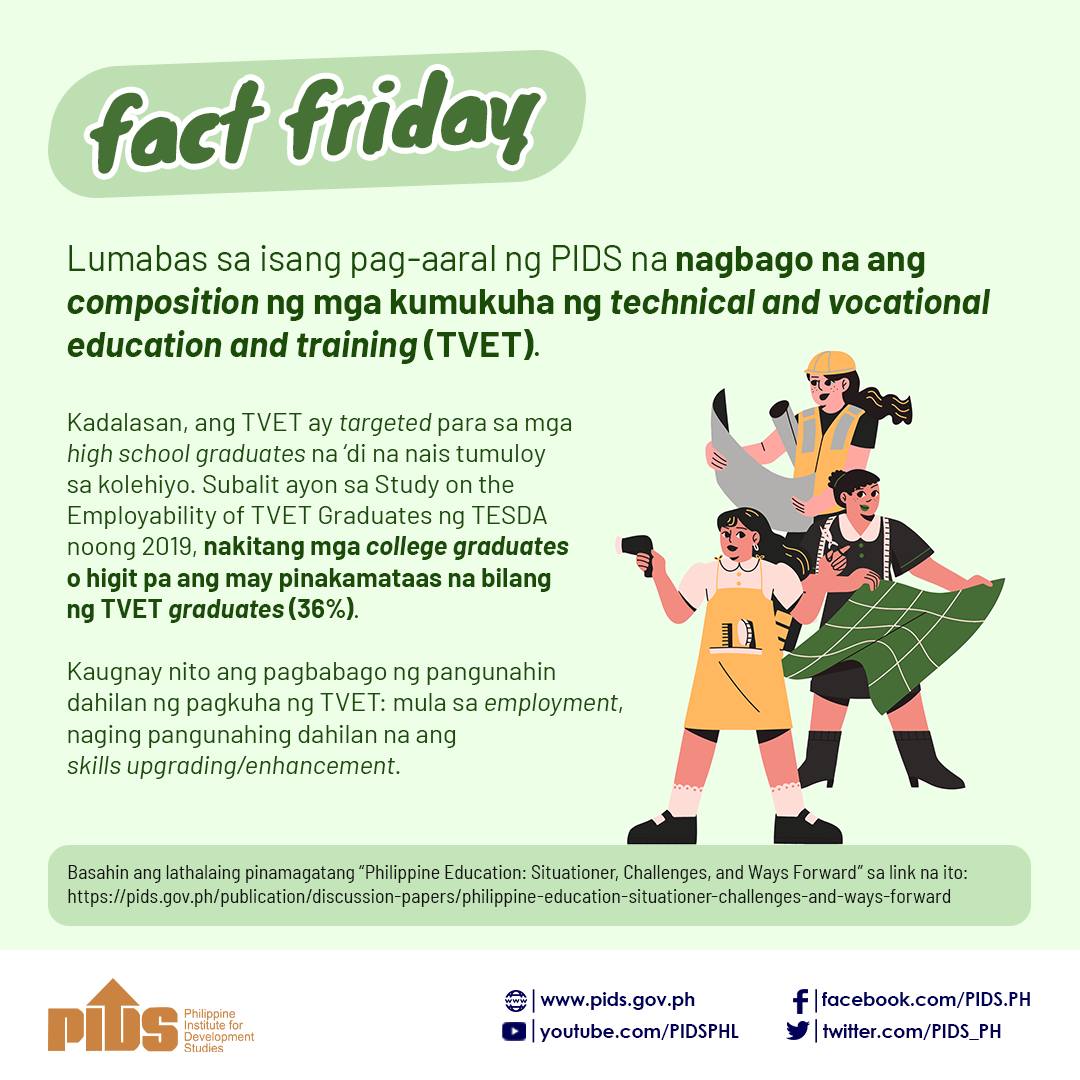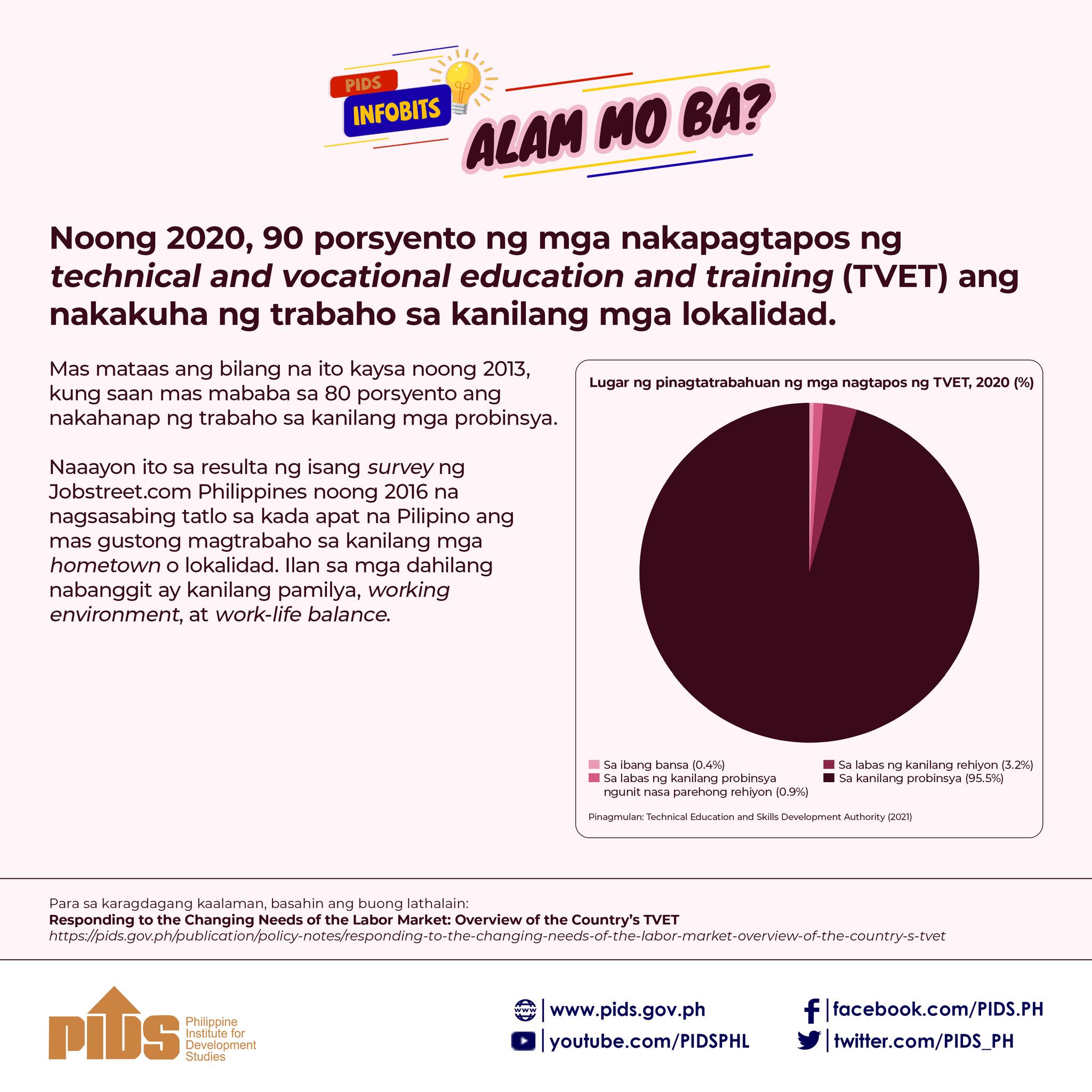Another study published by state think tank Philippine Institute for Development Studies (PIDS) identified some serious technical problems and issues in the country’s irrigation systems that need to be resolved immediately.
The findings of the study titled, "Appraisal of Methodology in Estimating Irrigable Areas and Processes of Evaluating Feasibility of NIA Irrigation Projects,” commissioned by the National Economic and Development Authority and the Department of Budget and Management to PIDS, are intended to be used as inputs to the budget process.
The study looked into four irrigation systems in the country, namely, Angat-Maasim River Irrigation System (AMRIS) in Bulacan, Balog-Balog Irrigation System in Tarlac, Pampanga Delta Irrigation System, and Casecnan-Upper Pampanga River Irrigation System (UPRIS) in Pampanga.
The PIDS study pointed out that while irrigation has been receiving the largest share of the total agriculture budget, its performance has always been below expectation.
The proposed 2015 national budget allocated around P29 billion for the National Irrigation Administration (NIA), which undertakes all government irrigation projects.
The report said that for years, the actual irrigated areas for most irrigation systems in the country had all been consistently below the target.
The study pointed out that this has been due mainly to overestimation of irrigable areas by not fully accounting for built-up areas or urbanization, flooded areas during the wet season, and elevated areas that cannot be reached by gravity irrigation systems.
For the Angat-Maasim River Irrigation System, which has service area of 31,400 hectares, the actual irrigated area has declined to an average of about 17,500 hectares in the last 10 years from the original 22,000 hectares or so in the 1970s.
According to the study, a total of 8,000 hectares of the 31,400 hectares target area in AMRIS is "not irrigable.”
"About 3,500 hectares of the total area has an elevation of 19 meters and thus cannot be irrigated from the Bustos dam, which has a maximum crest elevation of 18.5 meters,” authors Cristina David and Guillermo Tabios, both consultants of PIDS, said.
"In addition, around 4,500 hectares of the AMRIS area had been built up with residential, commercial, and industrial infrastructure,” they added.
There is also a perceived competing water use, as in the case of AMRIS, between domestic water supply and irrigation water, the report said. But it appears that both can be supplied by the Angat Reservoir as a common water source.
However, the study said during critical dry periods such as El Niño events, there may be a need to curtail irrigation water deliveries in accordance with the Philippine Water Code of 1976, which requires that domestic water supply be given higher priority than irrigation water supply.
The same set of issues persists in the Pampanga Delta Irrigation System, which has a design service area of 11,540 hectares.
Based on the data from the NIA, the actual irrigated service area is only around 1,000 hectares or eight percent of the target coverage area during wet season and 3,800 hectares or about 30 percent of the target coverage area during dry season.
It was found that over 6,000 areas cannot be irrigated because these places have either become urbanized, converted to fish pens, have higher elevation than the water source, or usually become flooded during the wet season.
The Balog-Balog and Casecnan irrigation areas cover or overlap two watershed boundaries.
The study said that since both systems deliver water by gravity, the efficiency of the design of these irrigation systems where the canal network traverses another watershed is questionable.
Likewise, for the proposed P8 billion Balog-Balog Dam, David and Tabios pointed out some serious technical and financial issues that NIA should resolve before proceeding with the construction of the dam.
First, it was pointed out that the budget for the construction of this massive dam with a height of 105 meters and a crest length of 1.4 kilometer appears to be underestimated.
"The proposed Kaliwa Dam of the Metropolitan Waterworks and Sewerage System, which will be 62 meters high with a crest length of 240 meters, costs P4.1 billion. When translated to cost per dam face area, the cost is P275,530 per square meter. Likewise, the proposed Laiban Dam of MWSS, which will be 115 meters high with crest length of 650 meters, costs P10.8 billion, translating to a unit cost of P144,481 per square meter dam face,” the authors said.//












